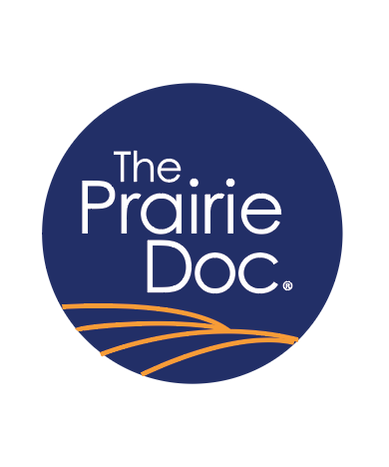|
William Worrall Mayo had a curious and remarkable life, which included influencing the development of the prestigious Mayo Clinic. He was the descendent of famous English chemist John Mayow, who in 1668 first discovered spiritus nitroaereus, a component of air that would later be known as oxygen. W.W. Mayo was born in England in 1819 and before moving westward to the Americas, Mayo would study under John Dalton, the scientist best known for developing modern atomic theory.
Mayo left for New York City to work as a pharmacist but soon moved west to attend medical school. He first trained in Indiana but finished his medical degree in Missouri. There, he was troubled with recurrent bouts of malaria, which he blamed on the southern heat. This brought him to move north to Minnesota for a healthier climate. He lived in several Minnesota towns including St. Paul, Duluth, and Le Sueur, before finally moving to Rochester. During those times, W. W. supplemented his medical practice by tailoring, farming, operating a ferry service, serving as a justice of the peace, and publishing a newspaper. He was called to serve as a physician during the devastating Dakota Indian War of 1862, which ended near New Ulm, Minnesota and concluded with the hanging of 38 Dakota Sioux Indians. Dr. Mayo then moved his family to Rochester in 1864, bringing his wife Louise, their three daughters and a young son. He came for a job with the draft board, performing examinations for the Army. After the Civil War, Dr. Mayo, often called “the little doctor,” due to his height of only 5’ 4”, set up a medical practice of his very own and welcomed the addition of a second son to the family. While W. W.’s practice continued to grow, he also found time to serve as an alderman, a school board member, the mayor of Rochester, and a member of the Minnesota State Senate. In 1883, a destructive tornado came through Rochester and Mayo turned to the Sisters of St. Francis for help, a teaching order with little medical experience. His eldest son, Will, had just returned to Rochester after medical training, and his second son Charlie, still in medical school, both joined W. W. to care for tornado victims. In response to this experience, the Sisters later built St. Mary’s, a twelve-bed hospital with the three Mayo doctors as surgeons and the Sisters of St. Frances as nurses. The success of the Mayo Clinic is said to have happened because of W. W.’s early concept of a group practice and his appreciation for collaboration. It all started with the dad and two sons working together, along with the Sister-teachers turned nurses and the research and education that follows the shared work of a team. Comments are closed.
|
Archives
July 2024
Categories |
 RSS Feed
RSS Feed


